Lecture
McColloff effect.
Continuously look at this changing square for 5 minutes:

And after 5 minutes, transfer to this:
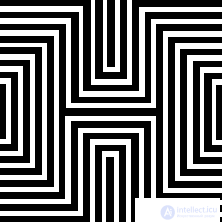
Horizontal lines appear reddish and vertical lines greenish.
The effect lasts a few minutes.
For 30 seconds continuously look at the four points in the center of the picture.

Now close your eyes, tilt your head back and look at the ceiling.
Try to blink quickly.
30 seconds staring at the left image.
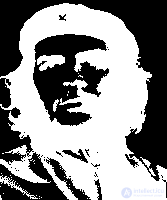 |
Then translate the view on the right empty square. There should be a face of Che Guevara.
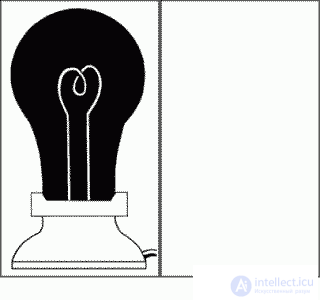
For 30 seconds, look at the center of the spiral of the light bulb, and with the zener look at the empty square.
You will see the light come on.
Color after image.
Continuously watch 45 seconds on the left,
and then turn your gaze to the empty rectangle on the right.
|  |
Did you see the American flag?
The illusion of McKay.
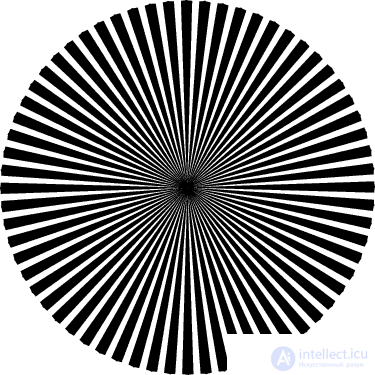
Classic design that causes discomfort.
If, after reviewing this figure, to transfer the view to an empty wall, there is an after-effect, similar to moving grains of rice.
Effect of motion aftereffect.
Continuously look for 30 seconds at the center of the rotating spiral.

Now translate the view on the objects in the room or on someone's face.
Look for 30 seconds at a point in the center.
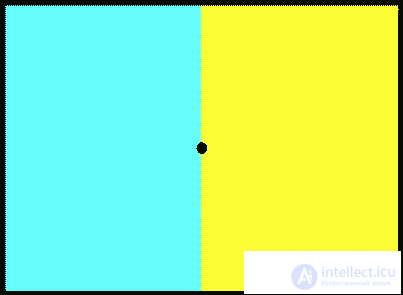
Now look at this photo.

You will not see the difference in color between the right and left halves of the photo.
Illusion of Hermann-Gering.
The effect of physiological nystagmus. 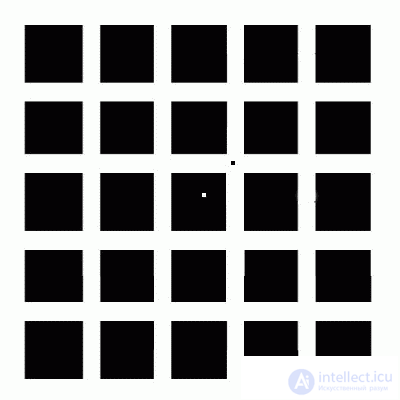
If you look closely at the black dot, trying not to take your eyes off it, then after about 30 seconds the black and white parts of the image will begin to oscillate. If you translate after this look at the white point, then you can see a set of white squares on a black background (ie, a consistent image) superimposed on the real drawing. This sequential image will shift all the time in the pattern, no matter how hard you try to keep it in place.
Comments
To leave a comment
Psychology of errors and illusions
Terms: Psychology of errors and illusions